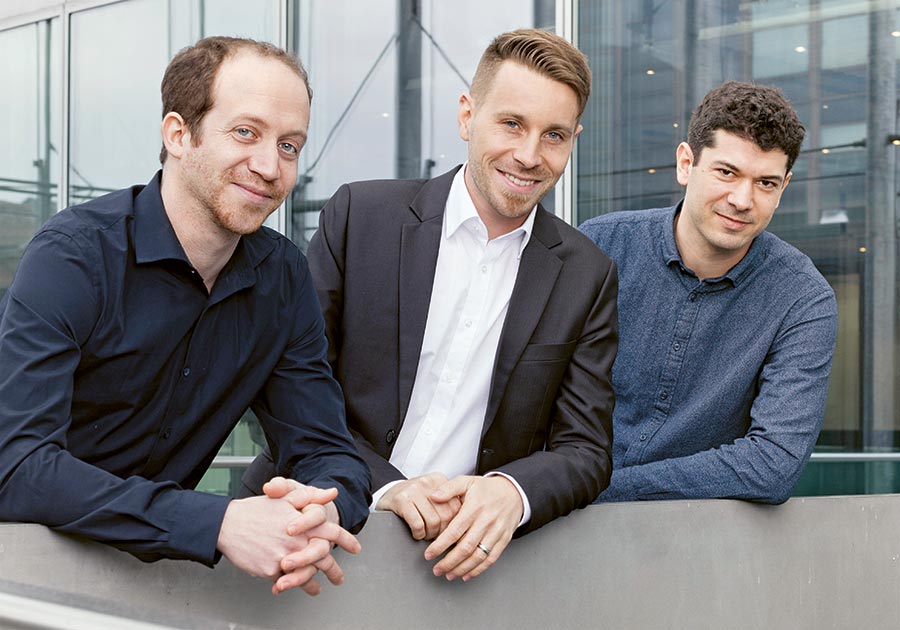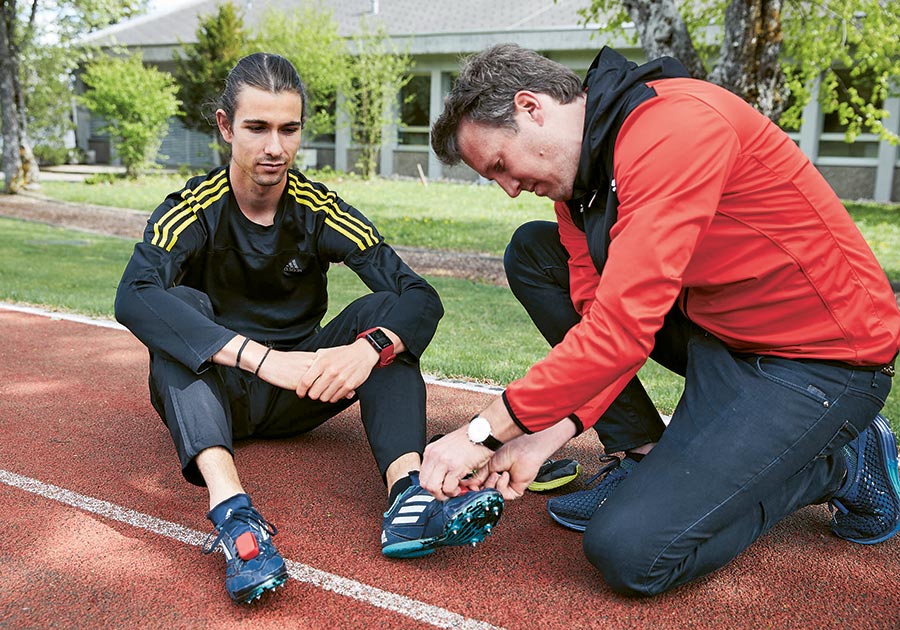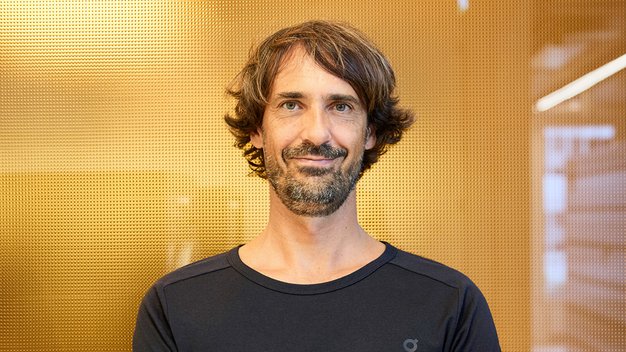Is your technology an instrument for digitalising human beings?
Michael Gasser: No, it’s a technical aid for achieving enhanced performance. The device gives professional athletes objective digital feedback on the way their body moves in competition. This helps them to prevail against their opponents, given the hundredths of a second that can make the difference between victory and defeat in top-class sport these days. Our XRUN product is a tool that makes training more controllable and helps to prevent injuries.
But doesn’t it somehow rob the athlete’s ability to sense what their own body is telling them?
Benjamin Habegger: What our product measures are things the athlete can’t even feel or measure, such as ground contact time. He may sense his fatigue and overall fitness, but very specific performance-critical parameters can only be recorded with modern technology. Thanks to the data our sensors provide, you can evaluate precisely whether or not certain parameters have improved and consequently determine whether a particular training method works well.
“It’s precisely this search for meaning that makes man human.” B.H.
How did you come up with the idea for this product?
M. G.: We went to the same school and ended up working together on a project sponsored by the Federal Office of Sport FOSPO. Our findings turned into a master’s thesis, at which point we decided to run with the concept, so to speak, by founding our own company. It was clear to us from the very start that our product had a future.
B. H.: We developed the technology in order to meet trainers’ needs for deeper insight into body mechanics and their requirements in terms of metrics. So it was they who provided the impetus. We now have a very long list of parameters from them, and most likely we could fulfil each of those wishes. But because of the tremendous demand for individual applications, we ultimately have to decide which ones can be developed with reasonable effort and whether in the end there’s a viable market for them.
Your focus is squarely on digitalisation and sport, but which area of our lives do you think has been most affected by digitalisation?
Damian Weber: More than anything else, the way we communicate has changed dramatically as a result of digital technologies. And of course accessibility: today, it’s almost a must that we’re reachable round the clock, everywhere. It didn’t used to be that way.
B. H.: Right, but digitalisation has also intensified competition in the marketplace. Today, you can buy practically anything you want online, the related user information is also available on the Web, and if one virtual shop isn’t accessible at any given moment, you simply click through to the next one. Competition is fierce, and the customer has gained more clout.
“The question of singularity has yet to be answered.” D.W.
Are you personally available 24/7 for business purposes?
D. W.: I enjoy being unplugged once in a while, but it grows a beard quickly. Even on holidays, I catch myself repeatedly checking for emails.
M. G.: I agree – offline oases are not at the top of my bucket list. Sure, I’ve also enjoyed being offline during the occasional one-week holiday, but I didn’t make a special effort to avoid connectivity.
B. H.: When I’m away on summer holidays for 14 days, I make absolutely sure that I’m not reachable. Hey, we’ve got the entire rest of the year to be constantly in touch with the world, or am I wrong? But I guess, this availability compulsion has to do with the fact that it’s our own company. If we worked for some other firm, it would probably be easier to step away from things occasionally.
What remains of the human factor; or, stated differently, when do you actually communicate face-to-face with people?
M. G.: The more important a business matter is, the more personal the interaction should be.
B. H.: The lion’s share of communication these days takes place digitally. But I think it’s important that you have the opportunity to meet your opposite in person at least once so you actually know whom you’re communicating with. This makes things a lot easier.






